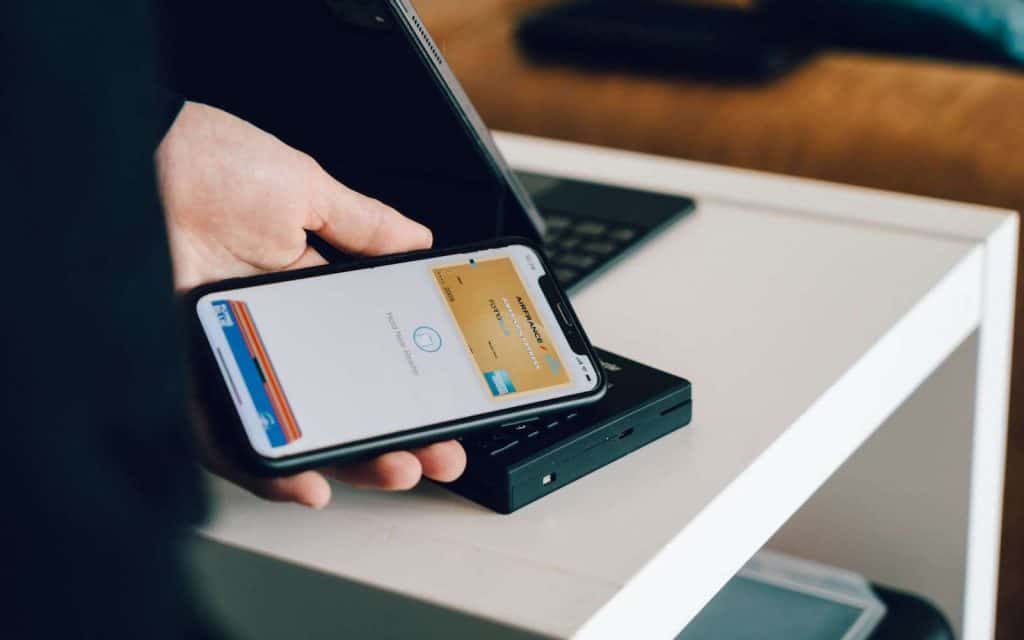Introduction
The Latin America Mobile Payment Market is experiencing substantial growth, projected to reach $20.98 billion by 2030, with a CAGR of 19.6% from 2024 to 2030. This growth is driven by several factors:
· High Smartphone Adoption: Increasing smartphone penetration across the region provides a large user base for mobile payment solutions.
· Growing Internet Connectivity: Expanding internet access facilitates seamless and secure online transactions.
· E-commerce Boom: The rise of online shopping necessitates convenient and efficient digital payment methods.
· Financial Inclusion: Mobile payments offer a pathway for the unbanked and underbanked population to participate in the digital economy.
· Real-Time Payment Systems: The emergence of real-time payment systems, like Brazil's Pix, is revolutionizing transaction speeds and convenience.
· Focus on Ease of Use: Platforms are prioritizing user-friendly interfaces and quick transactions to encourage adoption.
· Security Measures: Robust security features such as encryption and biometric authentication are crucial for building trust.
Amazon Potential Strategies and Emerging Innovations:
Given these market dynamics, Amazon could leverage its existing strengths and global innovations to penetrate and succeed in the Latin American mobile payment market:
1. Integration with E-commerce Platform:
o Seamless Checkout: Amazon can deeply integrate its payment services within its e-commerce platform in Latin American countries, offering a frictionless checkout experience for online purchases.
o Amazon Wallet: Introducing a dedicated "Amazon Wallet" within its app could allow users to store payment information, manage balances, and make payments for Amazon purchases.
2. Leveraging Existing Payment Technologies:
o QR Code Payments: QR codes are gaining popularity in Latin America for their ease of use and interoperability. Amazon could implement QR code-based payments within its app for both online and potentially offline transactions.
o Direct Carrier Billing: In regions with lower credit card penetration, integrating with mobile carriers for direct billing of purchases to users' phone bills could expand payment options.
3. Exploring Real-Time Payment Integration:
o Pix (Brazil): As Pix has seen massive adoption in Brazil, Amazon would likely need to integrate with this system to allow users to pay for their purchases directly from their Pix accounts.
o Similar Systems: As other Latin American countries develop their own real-time payment infrastructures, Amazon may need to adapt and integrate with those as well.
4. Focusing on Security and Trust:
o Advanced Security Features: Implementing multi-factor authentication, biometric verification, and robust encryption will be crucial to build consumer trust in Amazon's mobile payment solutions.
o Data Privacy: Clearly communicating and adhering to strong data privacy standards will be essential for gaining user confidence.
5. Partnerships and Collaborations:
o Local Banks and Fintechs: Partnering with established local banks and fintech companies can provide Amazon with valuable insights into the regional market and access to existing payment infrastructure.
o Merchants: Collaborating with local merchants to accept Amazon Pay for in-store purchases could drive adoption beyond online transactions.
6. Emerging Innovations:
o Biometric Payments: Exploring fingerprint or facial recognition for payment authentication could enhance security and convenience.
o Contactless Payments (NFC): While QR codes are prevalent, Amazon could also incorporate NFC technology for contactless payments where infrastructure supports it.
o Loyalty Programs: Integrating mobile payments with Amazon's loyalty programs could incentivize usage.
Developments to Watch:
· Expansion of Amazon's E-commerce Footprint: As Amazon continues to expand its e-commerce operations in Latin America (e.g., increased investment in logistics in Mexico and Brazil), the need for a robust integrated payment solution will grow.
· Regulatory Landscape: Changes in financial regulations and the development of open banking initiatives in the region could influence Amazon's entry and strategies in the mobile payment market.
· Competition: The strong presence of local players like Mercado Libre with its well-established Mercado Pago platform will require Amazon to offer a compelling and differentiated value proposition. Mercado Libre has a significant advantage with its integrated ecosystem of e-commerce, payments, and logistics and a deep understanding of the Latin American consumer.
Conclusion:
While Amazon may not currently have a dominant position in the Latin American mobile payment market, the region's significant growth potential and Amazon's global expertise in e-commerce and payment technologies suggest a possible future expansion. To succeed, Amazon would likely need to adapt its global strategies to the specific nuances of the Latin American market, focusing on integration with its e-commerce platform, leveraging popular local payment methods, prioritizing security and trust, and potentially forming strategic partnerships. The competitive landscape, particularly the strong presence of Mercado Libre, will necessitate a well-defined and innovative approach for Amazon to gain significant traction in this dynamic market.





Comments